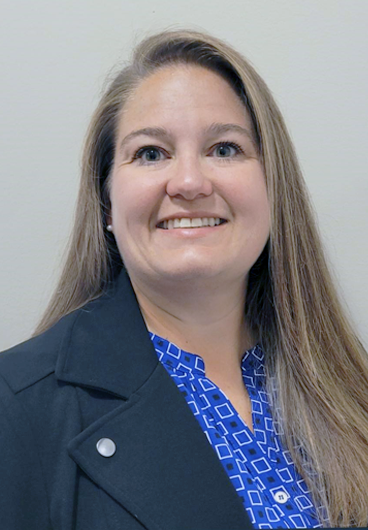
Dawn Lybarger
Phillis Wheatley Elementary School
Bridgeville, Delaware
dawn.lybarger@wsd.k12.de.us
Best Practices
1) Assistant Principal’s Role as Instructional Leader: One of our district core values is excellence, which we define as “striving for the highest standards in teaching, learning, and operations to ensure outstanding outcomes for all students and staff.” In my role as an assistant principal and instructional leader, I aim to embody this value by providing guidance, support, and feedback to teachers to ensure they feel confident and prepared in delivering high-quality instruction. Transitioning from my previous role as a K-12 District Math Specialist has enabled me to bring a specialized perspective to curriculum fidelity and instructional practices, which I apply to help our teachers succeed in their classrooms. Our administrative team, in collaboration with district curriculum specialists, works together to ensure that all curriculum is implemented as designed and aligns with the intended learning outcomes. Through monthly walkthroughs, each teacher receives constructive, targeted feedback from both the principal and me. These walkthroughs not only enhance classroom practices but also provide a structured, ongoing process for identifying strengths and areas for growth, further defining my role as an instructional leader within our school. Additionally, by regularly attending and contributing to Professional Learning Communities (PLCs), I actively engage with teachers in data analysis, curriculum discussions, and strategies to meet diverse student needs. This involvement continually grows my capacity as an instructional leader and reinforces a collaborative, excellence-driven culture focused on achieving outstanding outcomes for all students.
2) School Improvement Strategies: Through School Improvement Strategies, we have worked diligently to identify key areas for growth and implement effective solutions. This year, after five years without a strategic plan, we developed a comprehensive Strategic Plan that outlines specific goals for improvement across multiple areas of the school. One key area we identified for growth was student attendance. We set a goal to increase the number of individual students considered “on track” for attendance by 6% (achieving a 90% overall attendance rate) during the 2024-2025 school year compared to the previous year. In collaboration with our PBS and SIT teams over the summer, we developed a comprehensive attendance plan to improve both student and staff attendance. This plan includes clear procedures for early intervention, including daily calls to families of absent students and home visits for students who have been absent for five or more consecutive days. We also designed strategies to help teachers monitor and encourage attendance through regular communication with families. To encourage positive attendance behaviors, we implemented a variety of incentives, such as daily prizes for students who are present, weekly attendance banners, monthly classroom incentives, and quarterly building-wide rewards for students who meet the school’s attendance goal. Special recognition will be given at marking period award assemblies for students with perfect or nearly perfect attendance. Additionally, the school wide Candyland challenge engages students by awarding prizes for consistent attendance based on their grade-level teams. For staff, we use a random online spinner to select a winner from those who were present all week, with the prize being a gift card. Beyond attendance incentives, we strive to give our staff the gift of time by finding creative ways to offer more opportunities for planning, collaboration, and professional growth, ensuring they have the support they need to thrive in their roles. As part of our broader school improvement efforts, we have also focused on strengthening our curriculum alignment, enhancing student engagement, and improving overall school climate. Through ongoing professional development and collaboration, we are equipping our staff with the tools they need to meet the diverse needs of our students. Additionally, we are tracking key performance indicators, including academic progress and behavior data, to ensure that our strategies are effective and to adjust our approach as necessary. By addressing attendance, fostering a positive school climate, and empowering our teachers, we are working to create an environment where every student can succeed.


